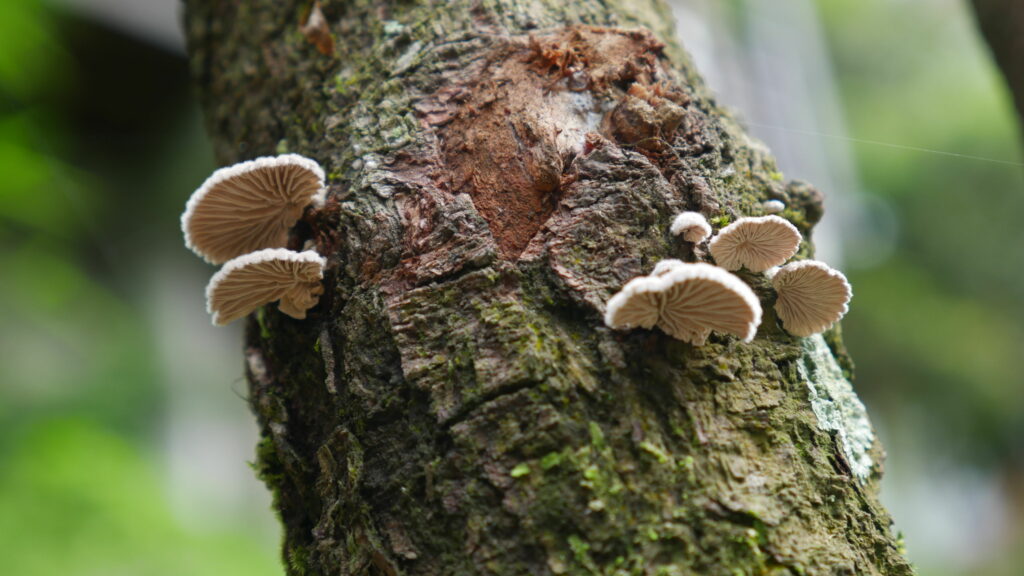What You Need to Know About Tree Rot
You probably have a tree or two in your yard if you’re living in Georgia. It’s good to have a basic understanding of tree rot and diseases so that you can identify when your trees are sick. The quicker you tend to a sick tree, the better your chances are of restoring it to health.
It can sometimes be difficult to see if your trees are in good health, so here’s a little guide to identify tree rot and the different types.
What to Look Out For

- Wilting leaves
- Stunted tree growth
- The tree begins to lean to one side
- Dead branches
- Trunk splitting
- Uprooting in the ground
- Mushroom growth
Your trees may be rotting internally if you identify any of these symptoms. However, many of these symptoms may also indicate other tree conditions, so it’s best to call a certified arborist to determine the cause if your trees show any of the above signs.
Types of Rot

- Soft rot – this is usually caused by bacterial or fungal infection. Soft rot organisms grow slower than other rot, meaning that the decay is a slower process. This can still cause severe damage to the tree over time.
- Brown rot – this is the worst of the three main types of heart rot. Brown rot causes your tree to dry out and crumble. It’s less-commonly found in hardwood trees and more in conifers.
- White rot – this typically causes wood to become moist, spongey, and it may appear white or yellow. White rot usually occurs in flowering trees.
How to Prevent Tree Rot
Preventing tree rot is the best way to deal with it and ensure the health of your trees. There are a few steps you can take to promote healthy tree growth.

Fertilizers rich in phosphorous encourage root growth, and you can always check with a specialist whether you’re using the best one for your trees. Stress on the trees can induce heart rot, so look out for any infestations or if your tree has suitable drainage. Mulch is great to lay at the base of the tree, though there should be a gap between the base of the trunk and the mulch to ensure excess moisture can drain away. Regularly pruning your trees to remove dead branches so the tree doesn’t waste energy on them, instead having extra energy to begin healing itself.
You can always call a certified arborist to analyze the health of your trees if you’re unsure. Sometimes the decay from the rot may have already progressed so much that the tree cannot be saved and it’s better to have it taken down. An arborist can help you to make these decisions, too.
Regularly inspecting the health of your trees and following the precautionary measures above are the best ways to encourage the healthy growth of the trees in your yard. If you have any questions, please don’t hesitate to contact us here at Empire Tree.

